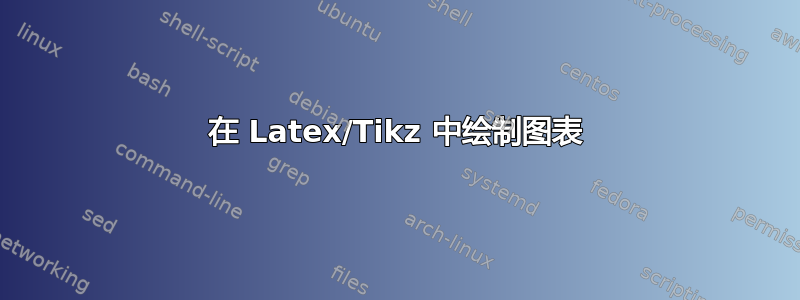
答案1
不需要人工智能来绘制这样的东西。
\documentclass[tikz,border=3.14mm]{standalone}
\begin{document}
\begin{tikzpicture}[
dot/.style={
inner sep=0pt,
outer sep=1pt,
minimum width=4pt,
circle,
fill=black}]
\node[dot] (1) at (0,0) {};
\node[dot] (2) at (0,-5) {};
\draw[thick,->] (1) .. controls ++ (3,-2) and ++ (-3,2) .. (2);
\end{tikzpicture}
\end{document}
答案2
无论如何,还有一个替代方案元帖子。
\documentclass[border=5mm]{standalone}
\usepackage{luamplib}
\begin{document}
\begin{mplibcode}
beginfig(1);
z1 = -z2 = 30 up;
draw z1 withpen pencircle scaled 3;
draw z2 withpen pencircle scaled 3;
drawarrow z1 {dir -20} .. z2 {dir -20}
cutbefore fullcircle scaled 7 shifted z1
cutafter fullcircle scaled 7 shifted z2;
endfig;
\end{mplibcode}
\end{document}
编译lualatex得到:
答案3
因为看起来你正在绘制一个交换图,所以解决方案是tikz-cd:
\documentclass{article}
\usepackage{tikz-cd}
\tikzset{mydot/.style={% style copied from SebGlav's answer
inner sep=0pt,
outer sep=1pt,
minimum width=4pt,
circle,
fill=black}
}
\begin{document}
\[
\begin{tikzcd}[
every matrix/.append style={
nodes in empty cells,
nodes={mydot}
},
row sep=3cm,
]
\ar[d,out=0,in=180]\\
\end{tikzcd}
\]
\end{document}
答案4
对于那些像我一样不太了解 TikZ 的人来说,这是我从 AI 那里得到的答案:
\documentclass{article}
\usepackage{tikz}
\begin{document}
\begin{tikzpicture}[scale=2,rotate=90]
\draw[thick, ->, shorten <= 4pt, shorten >= 4pt]
(0.5,0) .. controls (0.25,-0.5)
and
(-0.25,0.5) .. (-0.5,0)
node[pos=0.5, above left] {$f$};
\filldraw[black]
(-0.5,0) circle (1pt) node[above] {$A$};
\filldraw[black] (0.5,0)
circle (1pt) node[below] {$B$};
\end{tikzpicture}
\end{document}
从这个例子中,我们很容易看出基本弯曲箭头的工作原理,以及如何构建它们。






